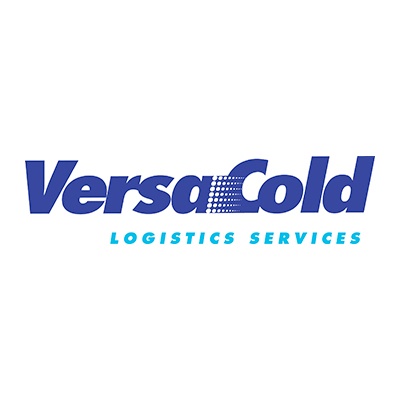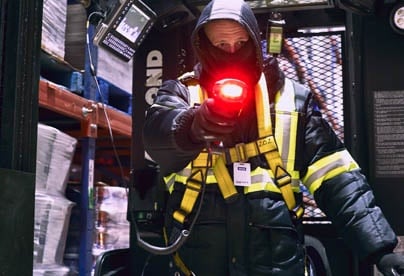The trends in regulation of the cold supply chain have undergone dramatic changes both globally and domestically over the last several years. As the world becomes more connected through technology, regulations have evolved, with shifts toward global standards. We can see this shift in regulations most clearly when it comes to safety and security of supply chains. While each country approaches these challenges in their own way, depending on a variety of external and internal factors, some noticeable trends have become apparent in recent years.
This week’s article will delve into the significant trends in global and local regulations affecting the cold chain.
1) New Canadian food safety regulation has been passed to focus more on prevention, align with global partners and reduce bureaucratic red tape
Considered to be one of the world's safest food supplies, Canada has continued to make significant changes to its food safety regulation in recent years. The Safe Food for Canadians Act—an act that aims to reduce Canada’s existing numerous and disparate food safety policies—draws together all Canadian food inspection regulations into one overarching law administered by the CFIA (Canadian Food Inspection Agency). The intention of these changes is to strengthen the regulations by making them more consistent amongst all regulated food commodities and allowing for effective tracking of products through the supply chain. These improved controls promote greater safety and faster responses to unsafe food throughout all aspects of the supply chain.
The intention of these changes is to strengthen the regulations by making them more consistent amongst all regulated food commodities and allowing for effective tracking of products through the supply chain
Rules unique to temperature-sensitive products in Canada also ensure alignment with international or foreign trading partners. Through collaborative initiatives at all levels of government, new Canadian regulations will take a risk-based approach to ensure that the focus is on food commodities that pose the greatest risk to consumers. This will include requiring all manufacturers to have preventive control measures, such as Hazard Analysis and Critical Control Point (HACCP).
2) The United States Food and Drug Administration (FDA) has been granted authority to make rules assuring food safety
In direct response to several high-profile food contaminations and food recall incidents over the last few years, the FDA has been granted new powers to act on food safety. This renewed focus on food safety and security led to the enactment of the Food Safety Modernization Act (FSMA) by the US in 2011. The FSMA stands as the most expansive change to food safety regulation in the United States since 1938, and ushers in a virtual redefinition of food regulations that modernizes the food supply chain and ensures security from "field to fork."
The Food Safety Modernization Act enacted in the US in 2011 stands as the most expansive change to food safety regulation in the United States since 1938
In May 2016, the US government implemented the last of the seven final rules from the FSMA. These new rules have clearly placed the onus on food carriers and producers to provide evidence that they are safely handling food items throughout the supply chain. While previous laws put the burden on the FDA to do inspections and find violations, new regulations place responsibility with the industry to demonstrate compliance.
3) Regulations in countries around the world have been shifting towards more globally recognized standards
While each country’s laws are based on a variety of different external and internal factors, there has been a trend towards harmonizing international food safety standards to minimize barriers to trade across countries and regions. Countries in the European Union, for example, exemplify this coordination of food laws to facilitate trade while working with region-specific regulations.
…there has been a trend towards harmonizing international food safety standards to minimize barriers to trade across countries and regions
The legislation does vary depending on the country; however, many countries have been collectively adopting a Hazard Analysis and Critical Control Point (HACCP) approach as recommended by international bodies such as the World Trade Organization (WTO). This approach states a number of important factors that users of temperature controlled systems must take into account, such as methods of packaging and product usage guidelines. Unique to cold chain, it also sets out tolerable limits for time and temperature variations for products.
4) Legal courts are placing greater liability on the shipper
In the wake of major transport disasters, such as in Lac-Mégantic, Quebec, and major accidents on US highways, courts are assigning greater responsibility to the companies that are shipping the product. This responsibility puts a lot of liability on the cold chain community to do their due diligence in choosing quality carriers and ensuring those carriers have performance standards in place in order to operate safely.
Large shifts in cold chain regulations and standards have created the most complex global cold chain we have ever seen. As a result, surveys have shown that shippers are increasingly turning to 4PLs and carrier management providers who have the proven experience and ability to keep up with shifting regulations, increasing capacity demands and liability issues. Where do you see regulation trends going for the cold supply chain? Are you noticing any regulations affecting how you do business? Please share them with us or any other thoughts you might have.
Contact one of our Sales Specialists today and let us show you why we are the right choice for your business. sales@versacold.com or 1-800-563-COLD











